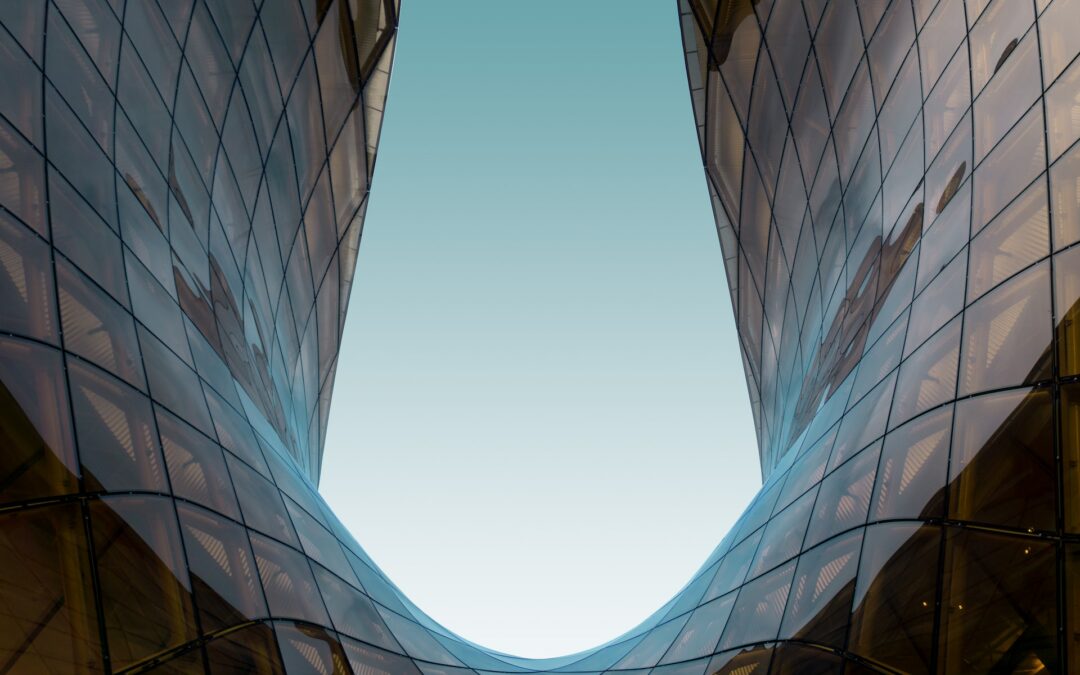The practice of adaptive reuse in architecture involves the artful repurposing and transformation of existing structures into dynamic spaces tailored to contemporary needs. This approach not only revitalizes underutilized or deteriorating buildings but also entwines sustainability, historical preservation, and economic revitalization, fostering new avenues for growth and development. With a keen eye for opportunity and a commitment to sustainable design practices, Archiplex Group skillfully navigates the complex terrain of adaptive reuse projects, bringing new life and purpose to existing structures while preserving their heritage and character.
Adaptive reuse demands an innovative mindset and a deep understanding of site-specific conditions and constraints, qualities that Archiplex Group consistently demonstrates in their comprehensive approach to architectural design. By repurposing historic or underutilized sites, architects can revitalize communities, boost local economies, and contribute to the circular economy by conserving valuable resources and reducing waste. Adaptive reuse projects also establish a vibrant connection between past and present, breathing new life into spaces with cultural or historical significance and enhancing their value to society.
This blog article will explore the multifaceted benefits of adaptive reuse architecture, from sustainability and historical preservation to community engagement and economic rejuvenation. We will delve into the design principles guiding adaptive reuse projects, addressing the unique challenges and opportunities they present along the way. By examining Archiplex Group’s work in this realm, we will gain valuable insights into their forward-thinking design approach and ability to shape spaces that contribute to sustainable, dynamic, and thriving communities.
Join us on this fascinating exploration of adaptive reuse architecture and its transformative potential to enrich our built environment.
Benefits of Adaptive Reuse in Architecture
Adaptive reuse projects offer a myriad of benefits that extend beyond pure architectural transformation. The following advantages demonstrate the far-reaching implications of this innovative design approach:
- Sustainability and Resource Conservation: Adaptive reuse is an inherently sustainable practice, as it maximizes the use of existing structures, reducing waste and conserving valuable resources. Archiplex Group ensures the longevity and environmental stewardship of their adaptive reuse projects by repurposing and retrofitting buildings with energy-efficient systems and eco-friendly materials.
- Historical Preservation and Cultural Enhancement: Many adaptive reuse projects involve the revitalization of historic sites, maintaining their unique architectural character while adapting them to serve contemporary needs. Archiplex Group skillfully merges the past with the present, preserving the historical integrity of buildings while transforming them into functional and engaging spaces.
- Economic Revitalization and Community Engagement: Repurposing underutilized structures can inject new life into neighborhoods and local economies, catalyzing growth and development opportunities. Adaptive reuse projects often become catalysts for community engagement, fostering a sense of pride and ownership among residents and stakeholders.
- Flexibility and Innovation: Adaptive reuse projects demand creativity, innovation, and flexibility, driving architects to devise novel design solutions that respect the original structure while accommodating modern requirements. Archiplex Group thrives in such challenges and embraces the unique opportunities adaptive reuse presents to develop original, purposeful spaces.
Key Design Principles for Successful Adaptive Reuse Projects
The success of an adaptive reuse project hinges on a thoughtful and informed design approach that accounts for the unique challenges and opportunities inherent in working with existing structures. Archiplex Group adheres to the following key principles to ensure design success:
- Comprehensive Site Analysis and Planning: A thorough understanding of the existing site and its constraints forms the foundation of successful adaptive reuse design. Archiplex Group conducts comprehensive site analyses, identifying key historical, cultural, and structural elements that inform and shape the project’s design direction.
- Balance Between Preservation and Transformation: Achieving a harmonious balance between preserving a building’s original character and adapting it for contemporary use is critical. Archiplex Group adeptly balances these competing forces, creating spaces that seamlessly blend old and new while maintaining their historical integrity.
- Collaboration with Stakeholders: Engaging stakeholders, such as community members, local authorities, and preservation organizations, provides valuable insights and facilitates design decisions that resonate with the site’s specific context. Archiplex Group values input from stakeholders, incorporating their unique perspectives and concerns into the project’s design.
- Integrating Sustainability and Performance: Retrofitting buildings with sustainable systems and materials alleviates their environmental impact while enhancing performance and cost-efficiency. Archiplex Group excels in integrating sustainable solutions that promote energy efficiency, reduce waste, and extend the structure’s life cycle.
Archiplex Group: Expertise in Adaptive Reuse Projects
Archiplex Group’s extensive experience in delivering adaptive reuse solutions is underpinned by their commitment to innovation, sustainability, and contextual sensitivity. The firm’s success in this field can be attributed to several factors:
- Multidisciplinary Approach: Archiplex Group’s multidisciplinary team comprises architecture, planning, and design experts with the diverse skills and knowledge required to successfully repurpose existing structures.
- Customized Design Solutions: Recognizing that each adaptive reuse project comes with its unique set of challenges and opportunities, Archiplex Group crafts tailored design solutions that respond to the specific requirements of each site and client.
- Commitment to Sustainability: As a firm that prioritizes sustainable design practices, Archiplex Group seamlessly integrates sustainable systems and materials into their adaptive reuse projects, ensuring that environmental impact and long-term operating costs are minimized.
Unlocking the Potential of Adaptive Reuse to Transform the Built Environment
Adaptive reuse in architecture is poised to play an increasingly vital role as we face the growing need to conserve resources, preserve cultural heritage, and revitalize communities. Through their innovative design approach and dedication to sustainability, Archiplex Group is at the forefront of this movement, shaping spaces that resonate with their surroundings, empower communities, and stand the test of time.
Fusing creativity, resourcefulness, and technical expertise, Archiplex Group transforms existing structures into dynamic, function-driven spaces that enrich the fabric of our cities and towns. As we continue to grapple with the challenges of urbanization, resource scarcity, and climate change, adaptive reuse projects offer a unique avenue for sustainable growth and development, inspiring a built environment that transcends the limitations of the past to embrace future opportunities. Visit our website to explore our architectural services.

